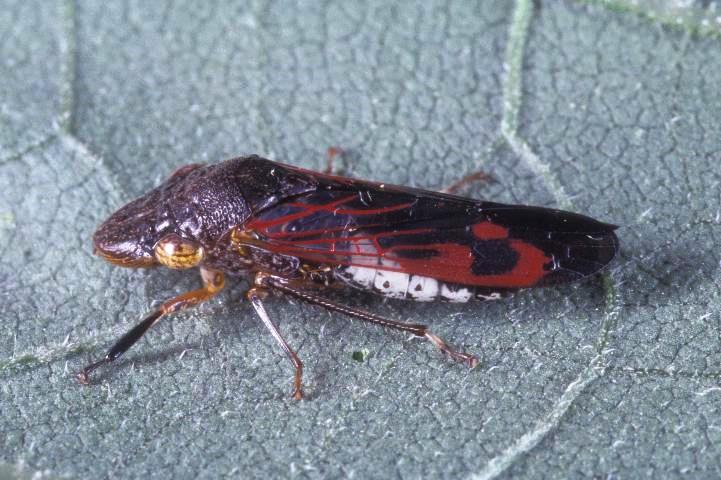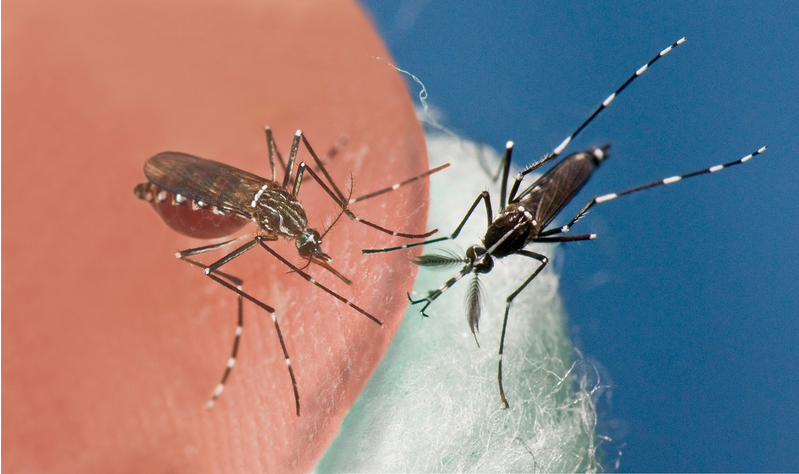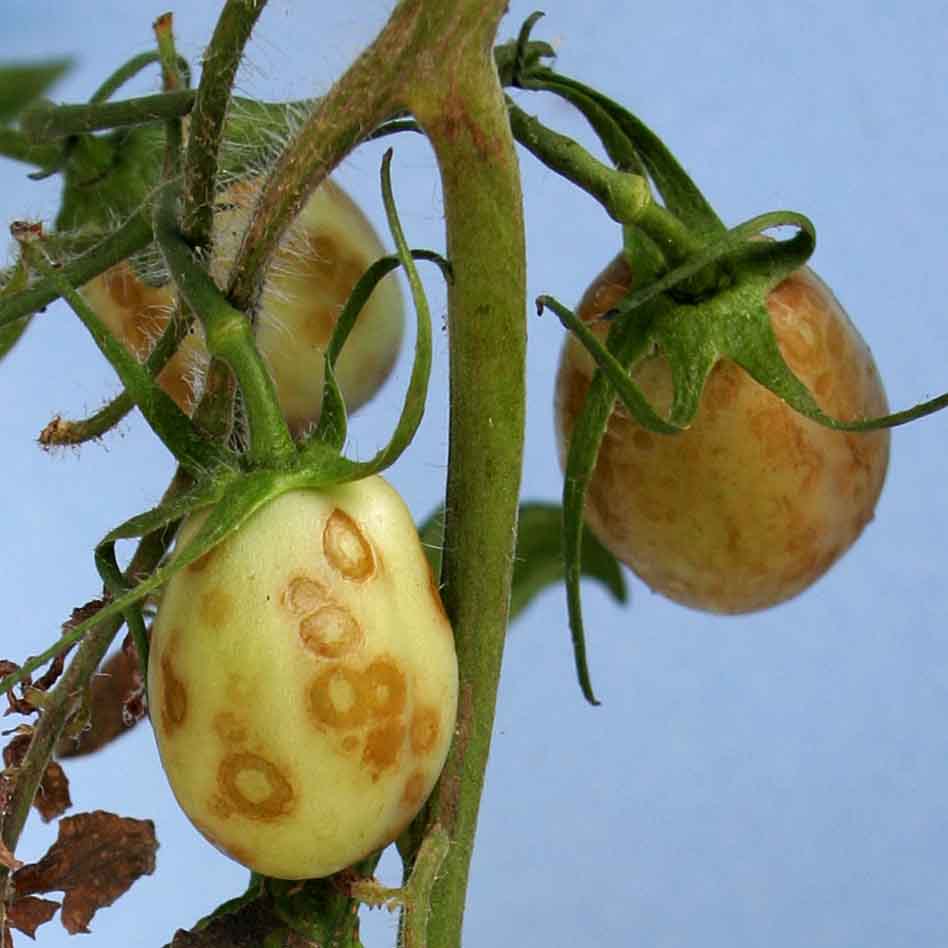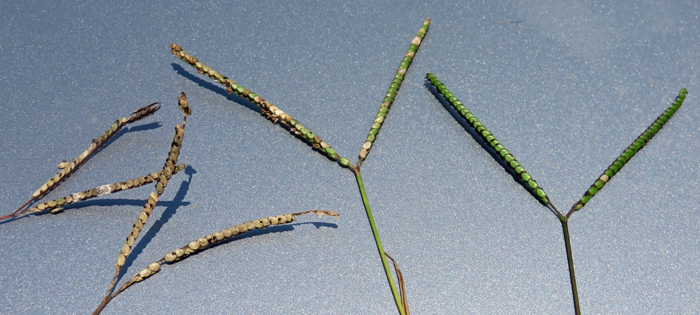
by Russ Mizell | Oct 14, 2016
Russ Mizell, Peter Andersen and Jennifer Gillett-Kaufman Olives, Olea europaea, are a newly-developing crop in Florida, but much still remains to be learned of the potential pests. Olives are best adapted to dry Mediterranean climates with some winter chilling....

by Judy Biss | Sep 23, 2016
Judy Biss, UF/IFAS Extension Calhoun County Office, Jace Ford, Calhoun County Mosquito Control, Jeff Pippin, Florida Department of Agriculture and Consumer Services Apiary Inspection By now you have probably heard about Zika Virus that is transmitted by mosquitoes. ...
by Nicholas Dufault | Sep 16, 2016
Figure 1. Video of weather forecast for Friday September 2 showing movement through the Southeast of Hurricane Hermine. There is a brief advertisement at the beginning of the video. Ian Small, Nicholas Dufault, Kelly O’Brien, and David Wright Late season storms like...

by Joe Funderburk | Sep 9, 2016
Garima Kakkar, UF/IFAS, St Lucie County Extension, Fort Pierce; Joe Funderburk, UF/IFAS, North Florida Research and Education Center, Quincy; Scott Adkins, USDA-ARS, Horticultural Research Laboratory, Fort Pierce The thrips-transmitted tospoviruses are important...

by Doug Mayo | Aug 12, 2016
Several calls have come in to the Jackson County Extension Office recently from producers regarding something unusual in their “Argentine” bahiagrass fields. A parasitic fungal disease called ergot (Claviceps paspali) is growing on the seedheads (racemes)...
by Ethan Carter | Aug 12, 2016
Despite the rainy weather, the annual UF/IFAS Peanut Field Day was held on Thursday, August 11, 2016. The event took place at the North Florida Research and Education Center (NFREC), where specialists from both Florida and Georgia spoke to attendees regarding research...





